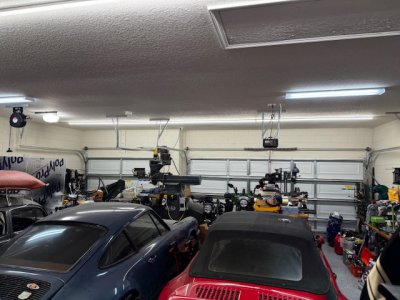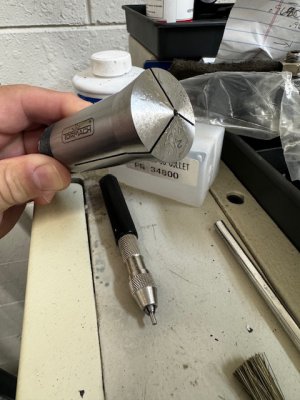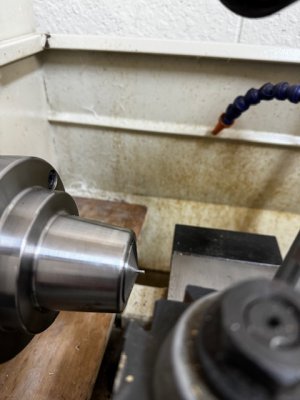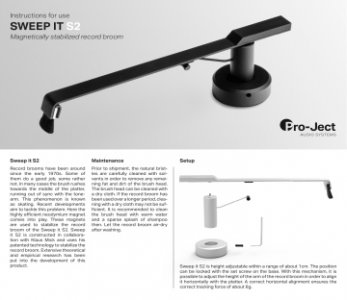- Joined
- Aug 6, 2015
- Messages
- 3,908
That is my concern with epoxy… I know that I will mess it up with any welding… That and the cost. Pretty sure I will end up with the tiles.I put 2 coats of a tan tint epoxy on a shop floor 30+ years ago. It held up really well. The secret is in the surface prep. Follow the mfg. directions. In addition to scrubbing with trisodium phosphate I did an acid etch. Then rinse twice and vacuum dry. The result of using a light color is better lighting (reflects & scatters light) Makes a smoother easier to clean surface & stops most stains. Its not cheap! Disadvantage is it is still concrete and a blob of molten metal falling on it will, likely, cause a blowout of the surface.
Last night I installed a row of three 8’ long LED lights. Used an extension cord to the house to test. This is just one row. I will be installing two more rows today, when the rest of the lights arrive. Easy to remove when I am ready to install ceiling panels and they are bright! I did the same in the garage a few months back.
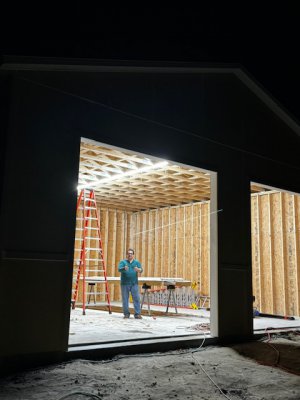
Last edited:



